The Janissary corps, originally established by the Ottoman Empire in the 14th century, was a highly skilled and disciplined infantry unit. They were known for their loyalty to the sultan and their effectiveness in battle. The Janissaries had a significant impact on the enemies they faced, and their presence on the battlefield often struck fear into the hearts of their opponents. Here are some effects of the Janissaries on their enemies:
Psychological Impact:
The Janissaries were renowned for their intimidating appearance, distinctive uniforms, and discipline. Their reputation alone instilled fear in the enemy ranks, which could lead to demoralization and a loss of morale. The psychological impact of facing the Janissaries often caused enemy forces to hesitate or become disorganized. Today you can experience the only remaining unit of the organization – the Janissary band, the first military band which had a major psychological effect on the battlefield. The Askeri Military Museum near Taksim Square in Istanbul holds regular performances by a Janissary band
Some brief excerpts:
The Janissary Band “Mehter Takımı”, is the world’s oldest military band and gives concerts at the museum of march music in traditional uniforms each afternoon from 3pm to 3:45 pm. The Ottomans were the first to use musicians in military campaigns and to integrate music into the life and work of the army. After a town had been conquered, the Mehter preceded the conquering Ottoman commander on a procession through the town, playing slow-cadence marches in exotic minor modes. The boom of kettledrums, invented by the Mehter, the wail of oboes and clash of cymbals, (another Turkish invention) was meant to glorify the conquest and impress upon the populace that they were now part of an entirely different civilization.
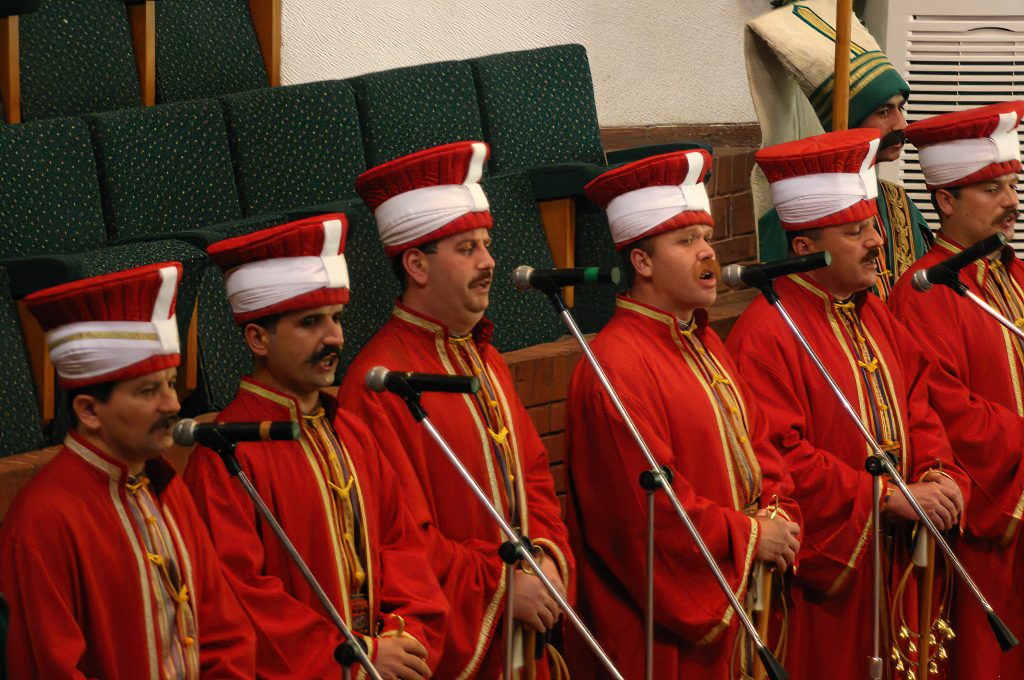

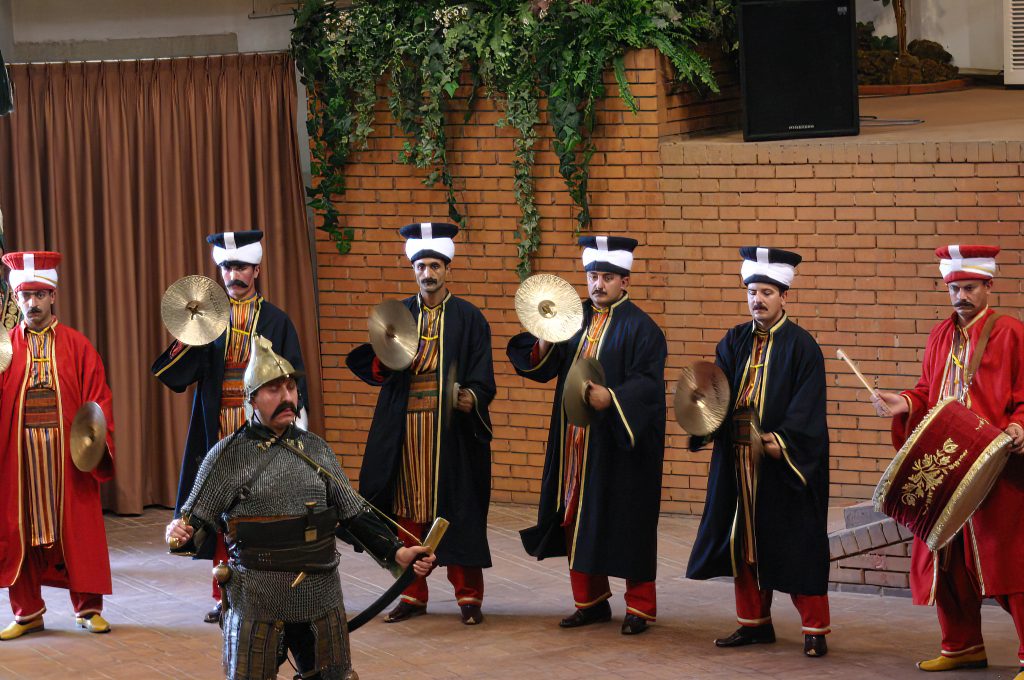
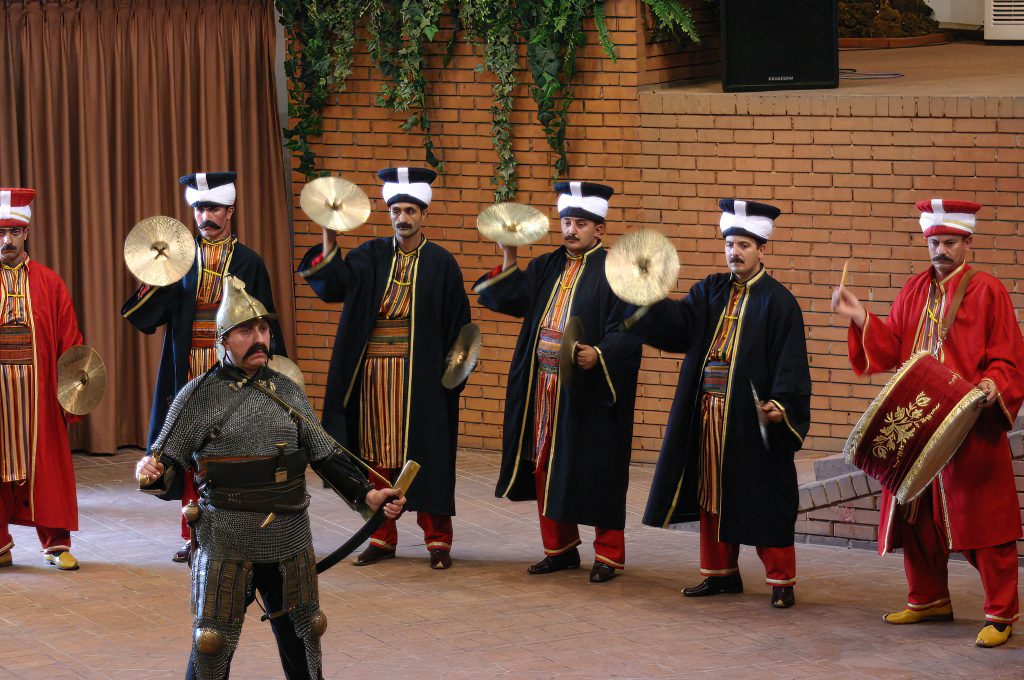
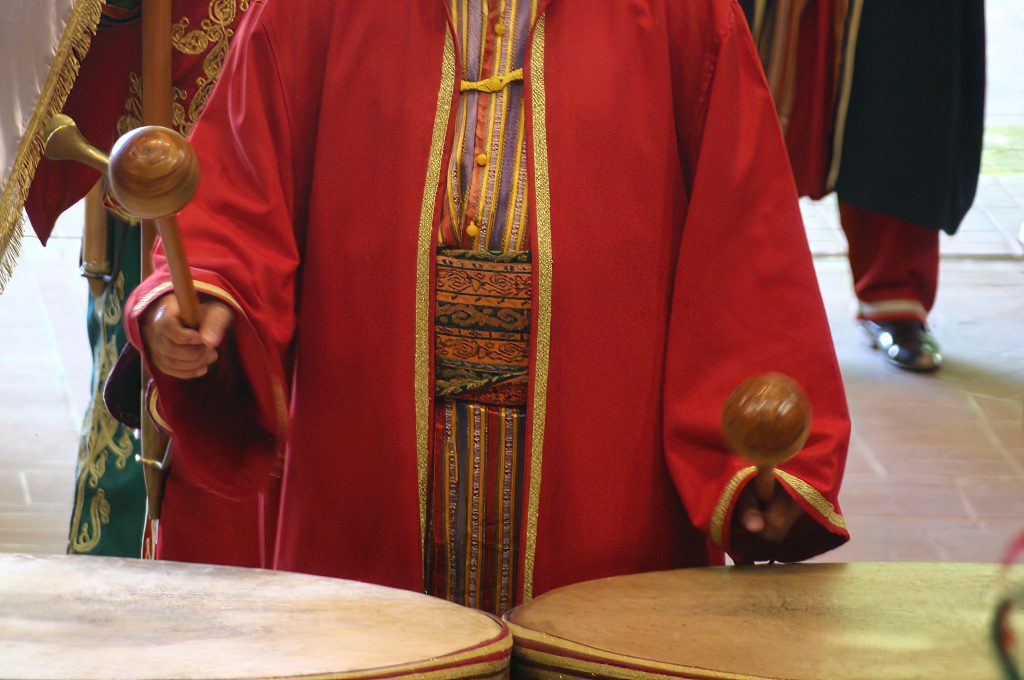
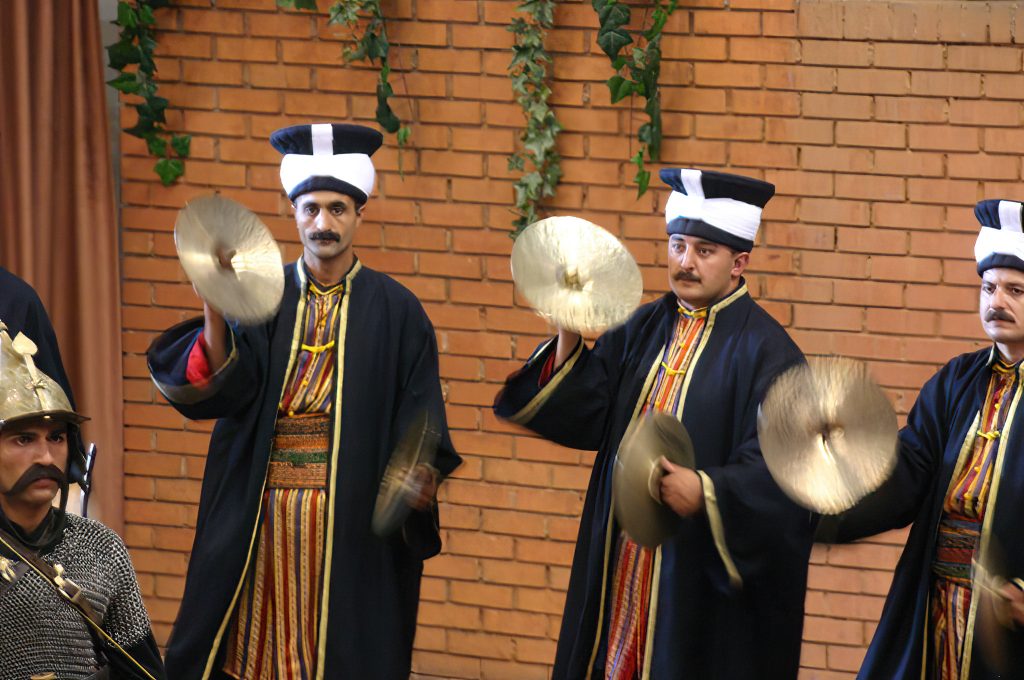
Combat Prowess:
The Janissaries were highly trained and experienced warriors. They were skilled in various forms of combat, including hand-to-hand combat, archery, and the use of firearms. Their proficiency with firearms, such as muskets, gave them a significant advantage over enemies who were less technologically advanced or lacked similar training.
Tactical Versatility:
Janissaries were trained to adapt to different battlefield conditions and could fulfill multiple roles. They could serve as frontline infantry, providing a strong defense or leading charges against enemy formations. They were also capable of performing siege warfare, acting as sappers and assaulting fortified positions. This versatility made them a formidable force that could adapt to various combat scenarios.
Organizational Strength:
The Janissaries operated as a well-organized and disciplined unit, often displaying superior coordination and teamwork. This allowed them to execute complex maneuvers on the battlefield effectively. Their ability to maintain order and cohesion even in chaotic situations gave them an advantage over enemies who lacked such discipline.
Intimidation and Demoralization:
The reputation of the Janissaries, their discipline, and their combat prowess often created a sense of fear and panic among their enemies. Witnessing the brutality and effectiveness of the Janissaries could lead to demoralization and a loss of fighting spirit among opposing forces. This psychological impact could significantly weaken the enemy’s ability to resist or mount an effective counterattack.
The origins of the Janissaries
can be traced back to the reign of Sultan Murad I in the late 14th century. The sultan implemented a policy known as the “devshirme” or “blood tax,” where Christian boys were conscripted from the territories conquered by the Ottomans. These boys were usually between the ages of 8 and 20 and were selected for their physical strength, intelligence, and potential for military service.
Once recruited, the young boys underwent intense training in various military skills, including archery, horseback riding, and combat tactics. They were also educated in Islamic theology, literature, and sciences. This comprehensive training program aimed to mold them into loyal soldiers and administrators who would serve the Ottoman Empire faithfully.
The Janissaries were organized into a hierarchical structure with the highest-ranking officers known as “aghas.” The aghas were responsible for maintaining discipline, training, and leading the Janissaries in battle. The corps was renowned for its distinctive uniforms, which included a tall, cone-shaped hat called the “börk” and a long robe known as the “çiğit.”
The Janissaries became a formidable force on the battlefield, and their military prowess contributed significantly to the Ottoman Empire’s success in various campaigns. They played a crucial role in the capture of Constantinople in 1453, marking the end of the Byzantine Empire.
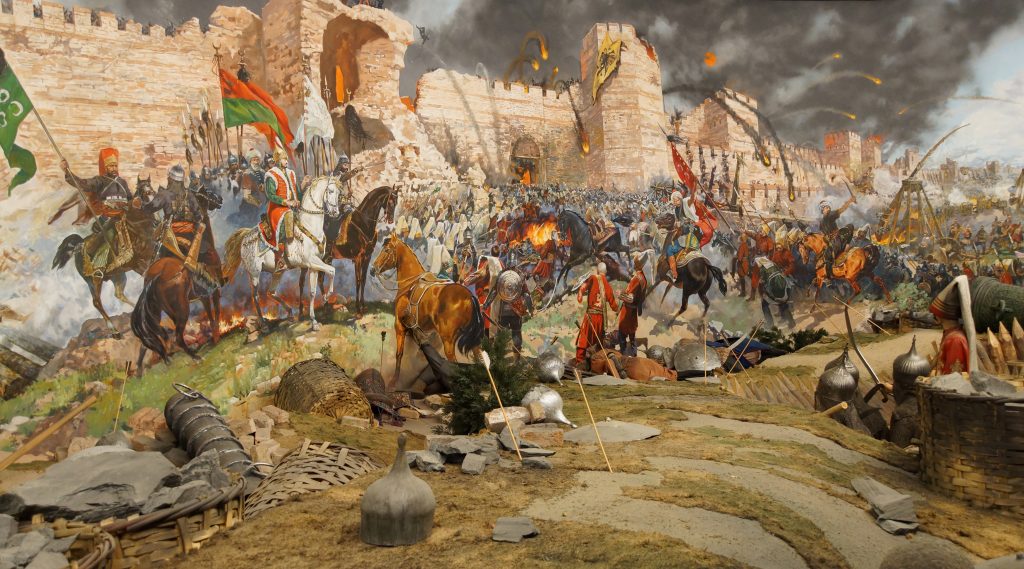
They were also involved in numerous other conquests, including the expansion into the Balkans, Central Europe, and the Middle East.
Over time, the Janissaries grew in power and influence within the empire. They developed a strong sense of camaraderie and loyalty among themselves, which occasionally led to tensions with the ruling Sultan and other factions within the Ottoman government. The Janissaries also became involved in politics, and their growing influence posed a threat to the central authority.
In the late 18th and early 19th centuries, the Janissaries’ power and privileges began to decline. They resisted modernization efforts by the ruling Sultan, who aimed to reform and modernize the Ottoman military. The Janissaries became increasingly resistant to change, and their resistance eventually led to their downfall.
In 1826, Sultan Mahmud II, determined to eradicate the Janissaries’ influence, ordered the corps to be disbanded. The Janissaries resisted the order, resulting in a violent confrontation known as the “Auspicious Incident.” The Sultan’s forces besieged the Janissary barracks and ultimately crushed the resistance, leading to the abolition of the Janissary corps. The event marked a significant turning point in the Ottoman Empire’s history and paved the way for subsequent reforms and modernization efforts.